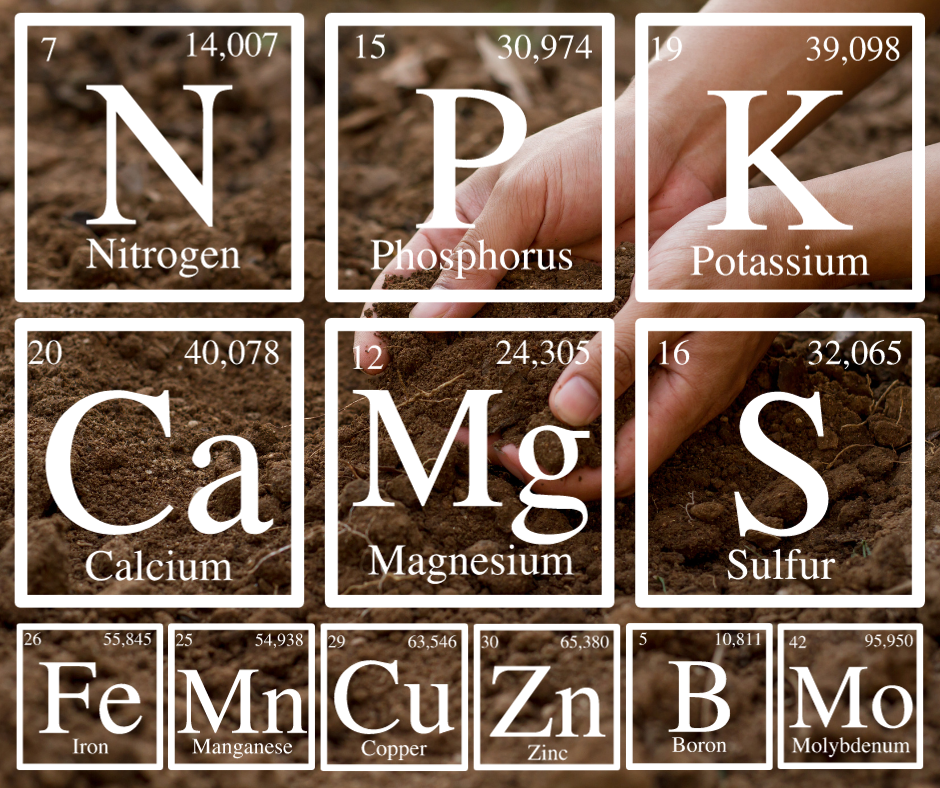
Trellising is a cornerstone of modern agriculture, particularly for climbing crops such as tomatoes, cucumbers, and peppers. By facilitating vertical growth, trellising improves air circulation, light exposure, and space utilization. Trellis twine and clips are indispensable tools for simplifying the process, ensuring crops grow efficiently and healthily. This guide explores the benefits, materials, and techniques for effective trellising.
Install Support Structures
Secure the Twine
Attach Plants
Using Weak Materials
Made from natural fibers, this eco-friendly option decomposes after the growing season, reducing environmental impact.
A highly durable option, ideal for supporting heavy crops like cucumbers due to its resistance to stretching and tearing.
Designed to withstand prolonged sunlight exposure, ensuring long-term reliability and usability
Advancements in trellising systems now include retractable twine setups, which allow growers to adjust the twine height as plants grow. This prevents stems from bending or breaking under their own weight, ensuring healthier growth. These systems are particularly beneficial in hydroponic setups, where maximizing vertical space is crucial.
Florida Weave: A zigzag twine pattern woven around plant stems, ideal for smaller crops like peppers. This method provides support without the need for excessive clips.
Overhead Trellising: Common in commercial tomato farming, this technique secures twine to overhead wires, allowing plants to grow vertically while fruits hang freely for easy access.
Disease Prevention: Elevating foliage and fruits off the ground reduces the risk of soil-borne diseases, especially in humid climates.
Uniform Growth: Vertical farming ensures consistent exposure to sunlight and airflow, resulting in uniform fruit size, quality, and yield.
Trellising with twine and clips is a vital technique for supporting climbing crops in both greenhouse and open-field farming. By selecting the right materials, employing proper setup methods, and maintaining the system diligently, farmers can achieve healthier plants, increased yields, and efficient use of space. As innovations in trellising continue to emerge, the practice remains an indispensable tool for modern agriculture.

Challenges of Wind in African Agriculture
06 Mar 2025

Elements for Plant Nutrition in African Farming
06 Mar 2025

Optimizing Greenhouse Ventilation: Balancing Temperature and Humidity for Maximum Yield
06 Mar 2025

The Role of Trellis Twine and Clips in Vertical Farming
06 Mar 2025